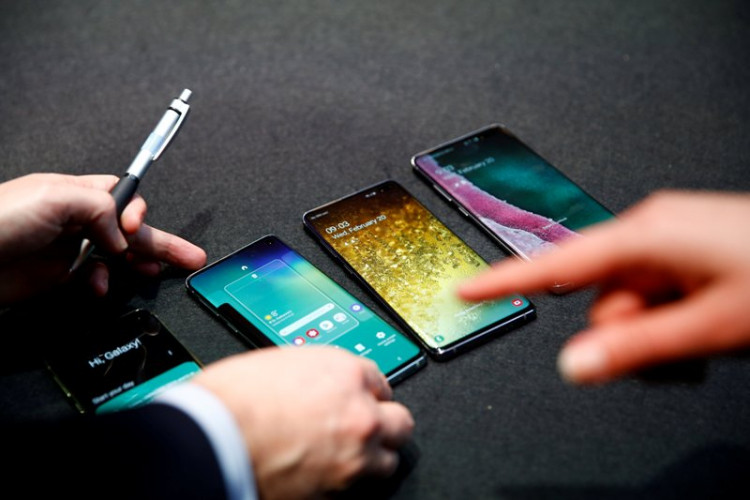Samsung's newest flagships, the Galaxy S10, and S10 Plus feature the new ultrasonic fingerprint sensor. What does it do better than traditional capacitive and optical fingerprint sensors and why does it matter?
Samsung recently unveiled their new flagships, and though they are costly they have amazed many smartphone fanatics. The Verge's Vlad Savov notes that there are so many reasons why the Galaxy S10 feels "great to hold and to use," but one key reason would be the on-screen ultrasonic fingerprint reader.
Ultrasonic fingerprint readers act just like other fingerprint sensors: they are used to unlock smartphones with just the touch of a finger. Unlike capacitive and optical sensors, however, ultrasonic sensors use more precise scanning methods that aren't easy to fool, providing more security and peace of mind.
Capacitive sensors use electrical charges to determine a finger's location and unique fingerprint patterns. Optical sensors, send light to determine a person's fingerprint. The light bounces off fingers then return to the sensor and is then interpreted as a 2D photo, to be compared to registered fingerprints on the phone.
Ultrasonic sensors work very differently, CNet reports. These sensors use soundwaves to accurately determine a finger's unique print. Unlike the aforementioned sensors, however, ultrasonic sensors can also detect blood flow, making it virtually fool-proof. Synthetic fingers and fingerprint transfers won't work on them.
In addition, ultrasonic sensors provide added convenience. Capacitive sensors require fingers to be placed on top of them before they can capture scans and unlock screens. Despite being able to read through sweaty and oily fingers, capacitive sensors can only read fingerprints when directly placed on them.
Samsung's ultrasonic sensors, on the other hand, can detect and read fingerprints at any point in the lower third of the screen. This means registered users will be able to unlock their Galaxy S10s easier, even without having to look at the phone.
What's more, Savov notes that the sensor can be used even when the display is turned off, but instead of heading straight to the home screen after unlocking, the display will gradually wake up until it is fully unlocked. With an ultrasonic sensor, Samsung has turned slow unlocking times into something that's quite relaxing.
There seems to be one major caveat at the moment, though. Samsung said the sensor won't work through tempered glass screen protectors. Perhaps the tech giant will find a way to make it work.
Also, the ultrasonic sensors only come with the more expensive Galaxy S10 and S10 Plus. The S10e uses a fingerprint sensor at the power button, located at the side of the phone.






